Just Another Awkward Holiday Break in Friday Book One: The First Day Of Christmas
In another book, Friday Fitzhugh would have been a supporting character, the girl best friend of the boy-genius detective. In the books we all probably read or had read to us, we saw the small-town detectives and their trusty sidekicks who solved all of the mysteries in Smalltown, USA.
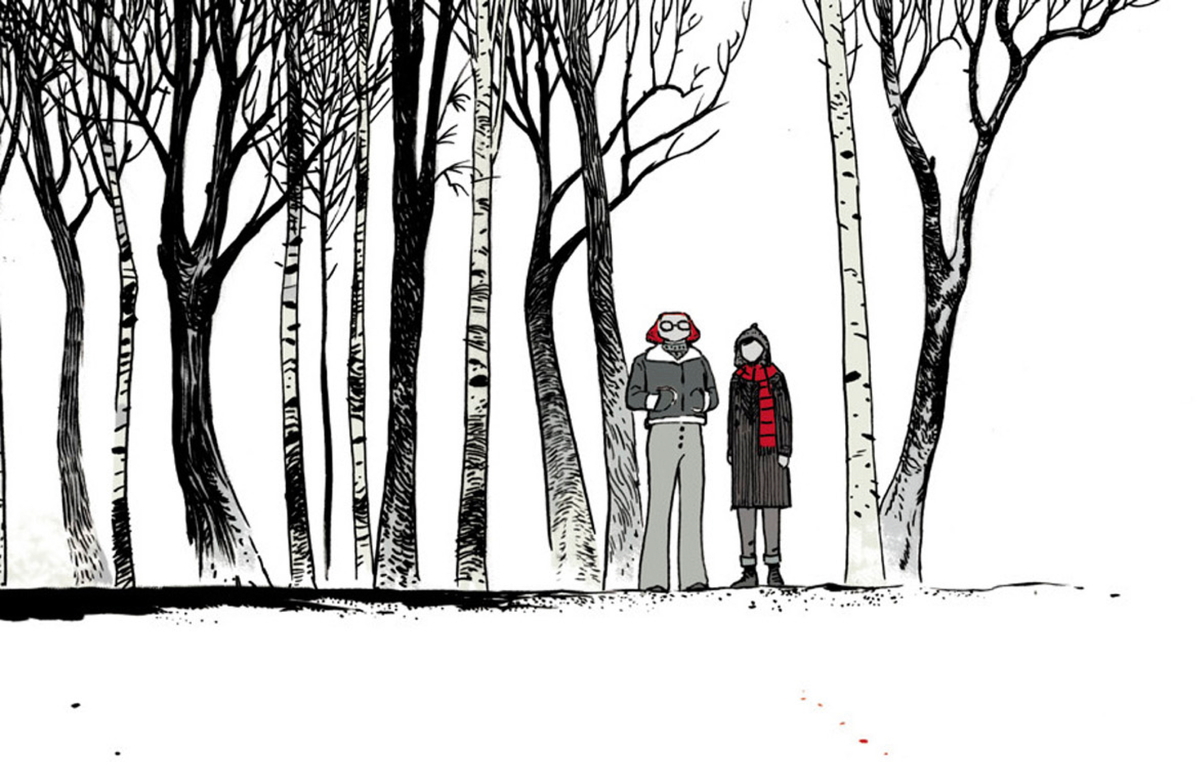
In another book, Friday Fitzhugh would have been a supporting character, the girl best friend of the boy-genius detective. In the books we all probably read or had read to us, we saw the small-town detectives and their trusty sidekicks who solved all of the mysteries in Smalltown, USA. And just think of how much crime there had to be in those towns for the Hardy Boys, Nancy Drew, and Encyclopedia Brown so that they were always busy solving crimes. IN THEIR HOME TOWN!!!!! And the cops just go to these kids for the mysteries that are too big and unsolvable for them. It’s kind of crazy but we were kids when we read those books. That was the life that we wanted.
So in those books, Friday would have been the sidekick. Every kid detective needed one. She was Lancelot’s conscience, his muscle, and his anchor to reality. She was the new kid in sixth grade, the outcast who didn’t grow up around here. That is until she stepped in and fended off some bullies picking on Lancelot, the smartest kid around but also one of the smallest in his class, a real target for the tough kids. On that first day that they met after she chased the bullies away, he offered her a job as his bodyguard. And as they say, the rest from there was history.
They met when she was in sixth grade and were a team until six years later when she left for college. He stayed home, continuing to solve mysteries with the local sheriff while she went off to school to study and to see the world outside of what she had known. But it wasn’t that simple. The summer before she left, she couldn’t tell if they were friends or something more. One thing led to another and by the time she left, she wasn’t even too sure if they were even friends anymore. When she comes back at Christmas time, she’s still not too sure what they are or what she wants them to be. So it’s a tad bit awkward when she steps off the train and he’s there to whisk her into the night to solve the latest smalltown crime as if nothing ever happened. He’s the detective; she’s the bodyguard. And maybe that’s what he wants to believe as well.
Ed Brubaker has read all the same books and comics that we have. And he’s tapped into them before. Criminal: Last of the Innocents came from the same childhood faves as Friday Book One: The First Day of Christmas does, trying to recreate the feeling of those great, old stories from our childhood but with a more cynical, older perspective. It’s like we love those old stories but we also have to recognize where they came from and who they were written and made for. So instead of this being the story about the boy genius detective, the hero of the town, Brubaker, Marcos Martin, and Munster Vicente pivot to explore the far more fascinating character, the trusty sidekick Friday.
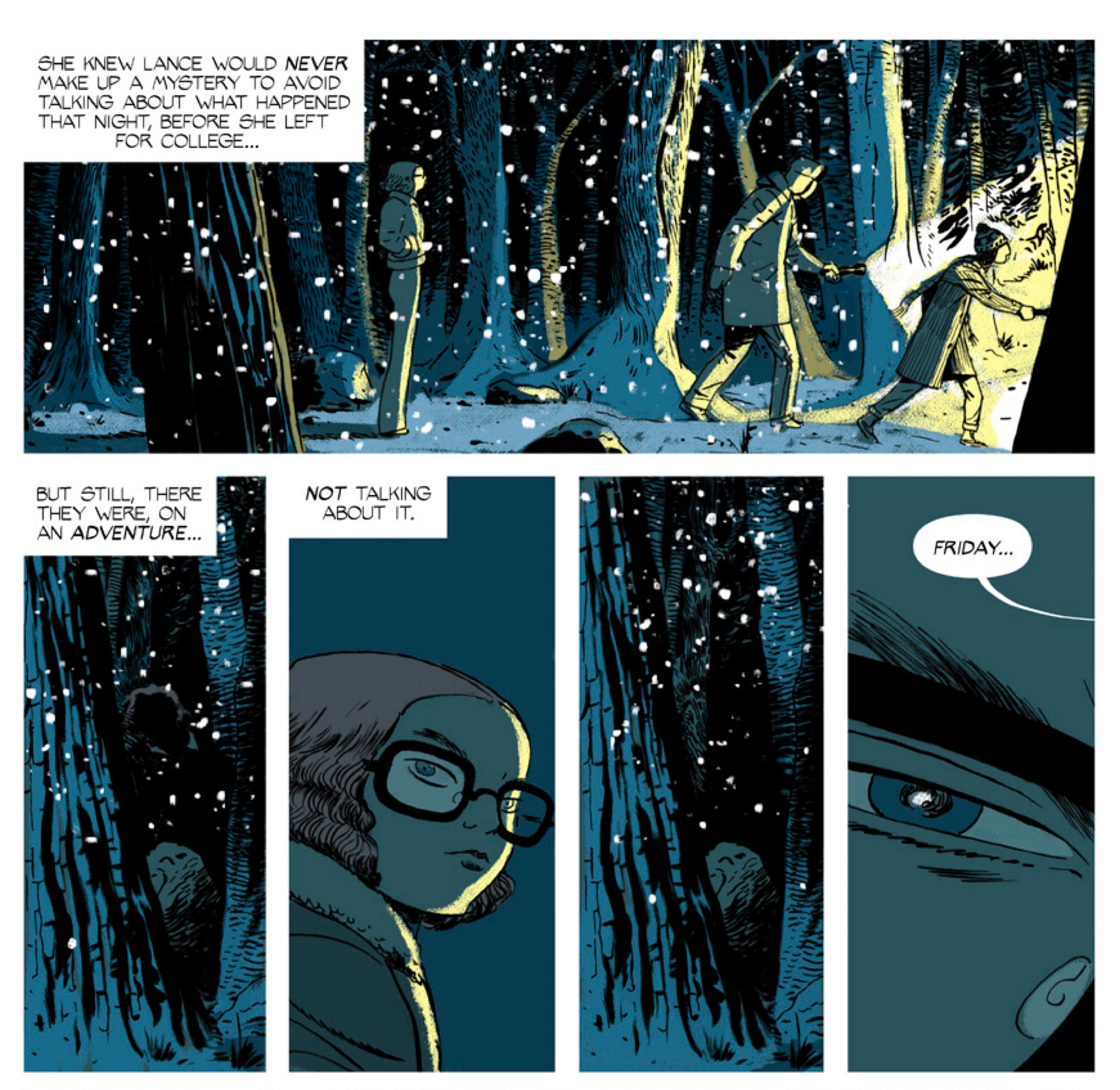
Martin and Vicente paint a rich, visual text here. Martin’s linework, usually clean and classic, becomes more detailed and more expressive here, driving the personality of these characters. There’s a warmth to his work here that we haven’t seen often in his work. In his collaborations with Brian K. Vaughan, Private Eye and Barrier, Martin was working in familiar but emotionally distant settings. The high concept of those stories drove some distance between the page and the reader. Those stories were built on a much loftier high concept and Martin’s work brought a necessary austerity to those stories. But here, the story is a bit more down-to-earth as Martin’s approach to the art pairs up with the different perspectives and goals of this story. Friday and Lancelot are teenagers; they’re awkward and still a bit gangly. Martin captures them in this transitory point in their lives where they’re not children but not necessarily adults yet.
The town they live in, King Hill, feels like a real, small New England town. It’s like you should be able to Google it and recognize the streets and woods that Martin draws here. Martin and Vicente visually define the essence of this town so it feels like you should know it in real life. From those snowy woods to the fantastic tree fort headquarters of Jones and Fitzhugh Investigations, the artists create this landscape for Friday and Lancelot to run around in, to grow up in, and to discover themselves. The setting of King Hill helps to define who these people are and provides some great context for their relationship, how close they are, and for just the uncertainty of who they are outside of those contexts.
With this much storytelling and character-building happening visually, Brubaker has the expanse to flip the script a bit, taking that supporting character and making this her experiences and her story. And in typical Brubaker fashion, he finds the conflict in the characters. There’s a whole subplot in this book about the mystery that Lancelot pulls Friday into, with those grade school bullies still getting into trouble when they should have outgrown it. There are even possible supernatural elements that are part of this mystery but they could also just be some guy from down at the end of the street wearing a scary mask and cursing those meddling kids.
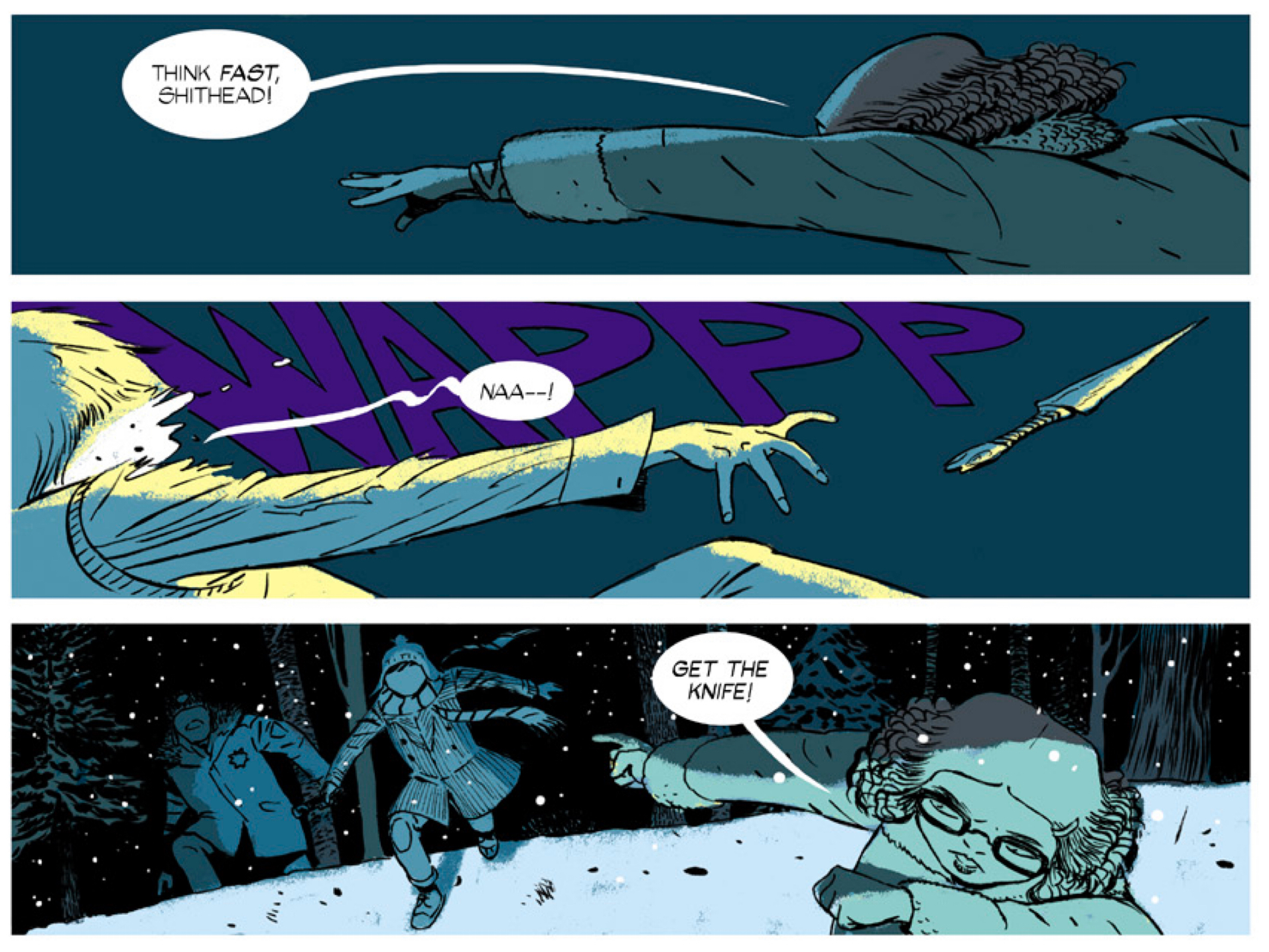
In many ways, the mystery doesn’t matter to this story. The mystery is a propellant for the story but it isn’t the story. The story is right there at the start of a book- a girl returning to her hometown having to confront the past and clean up a mess that she may have created just before she left. It’s from this seed that Brubaker and Martin pull in all of these plot details that expand on the story but the action and the external threats are all there to support Friday’s agency and her conflicts. Not all of us can relate to the idea of running around town solving crimes, no matter how many Scooby-Doo cartoons we’ve watched or Encyclopedia Brown books we’ve read but we all know those stories; the shape and the path of them. And to speak frankly, what Brubaker and Martin are doing here with the detective story is not particularly anything novel or refreshing.
But what is refreshing is how Brubaker and Martin are weaving these different aspects of Friday’s lives together, creating a more fascinating story about this young woman that has dimension to it. That’s something that Brubaker maybe doesn’t get enough credit for in his writing. It’s why most of his Criminal stories are so thrilling-- the crimes are a big part of the draw of those stories, so big that you almost miss the real conflicts that are happening on a more personal and intimate level. The story of the Lawless family in Criminal is built around these elaborate plots and heists but the real conflict of those stories really are these family dramas, father and son stories where the crimes are these personal conflicts manifested on a more visceral plane.
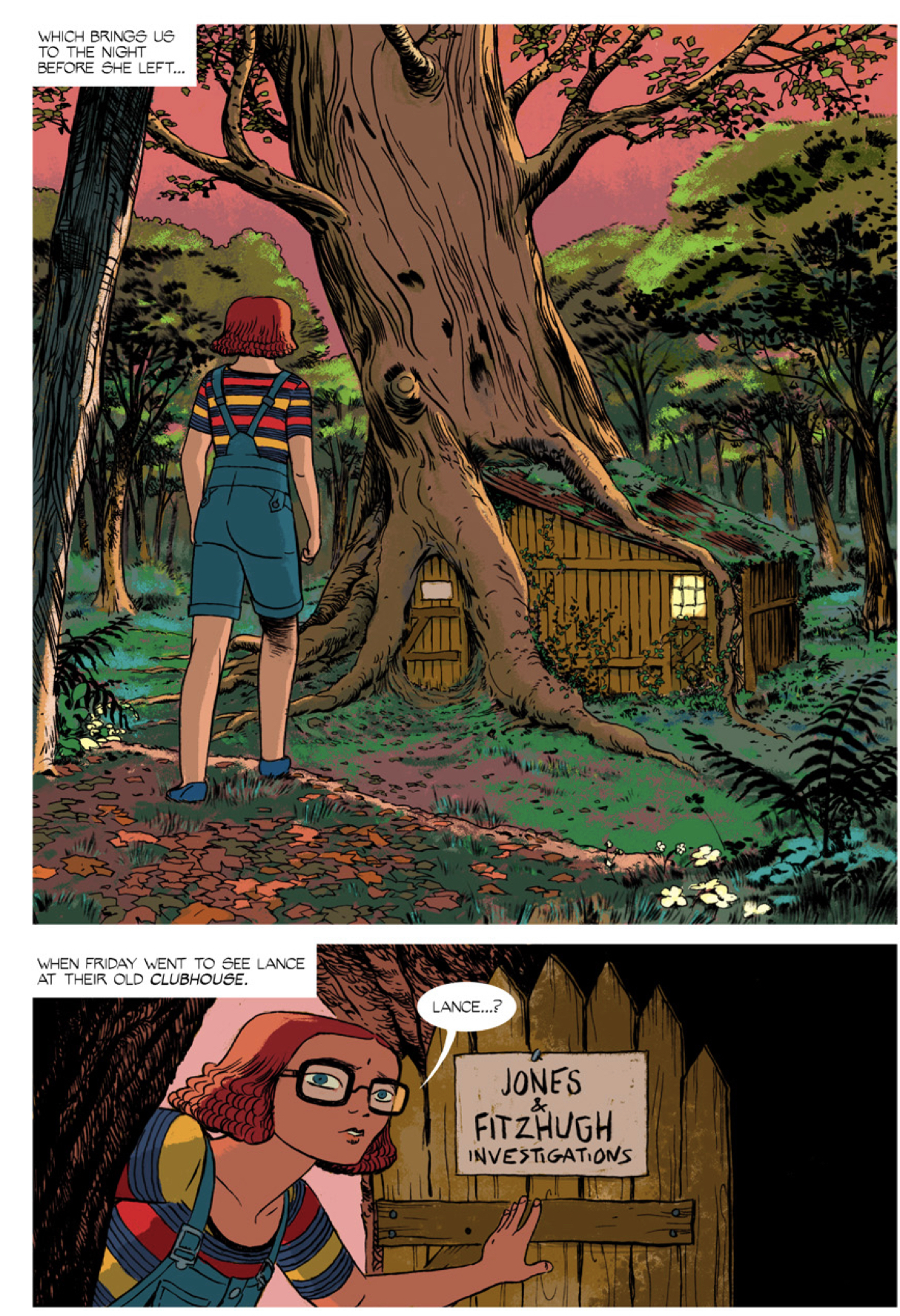
And that’s what Brubaker is doing here, taking this intimate story about two people who may or may not be in love and then finding this outward plot to provide the structure for the inner conflicts. There’s a lot of mystery and spooky elements in Friday; Brubaker and Martin could easily tell the story of what’s happening in the nights in this small, snowy town. It would probably be good, just seeing Lancelot and Friday as two young adults trying to show the world what they can do. But when you layer in the personalities of these two, the history that they share, and the questions that are unresolved between them, the story becomes so much larger and grander even as it’s probably one of the smaller, more constrained stories that either Brubaker or Martin has worked on before.
This combination of the story and the art is all mixing together to tell this compelling story of Friday Fitzhugh and the boy that she has so many unanswered questions about. It’s as heartbreaking as it is thrilling. But the real question of this book is are these two people the same people in December as they were in August and who even were they in August. Everything else is just flavoring to spice up that story. Ed Brubaker, Marcos Martin, and Munsta Vicente take all of those stories we saw and read as kids and ask that great, old question-- what next? What happens to these kids when they grow up as we did. How complicated did their lives become? It’s not that we grew older so these kids from our stories have to but it’s more that we grew older and want to see that reflected in the stories that we love.
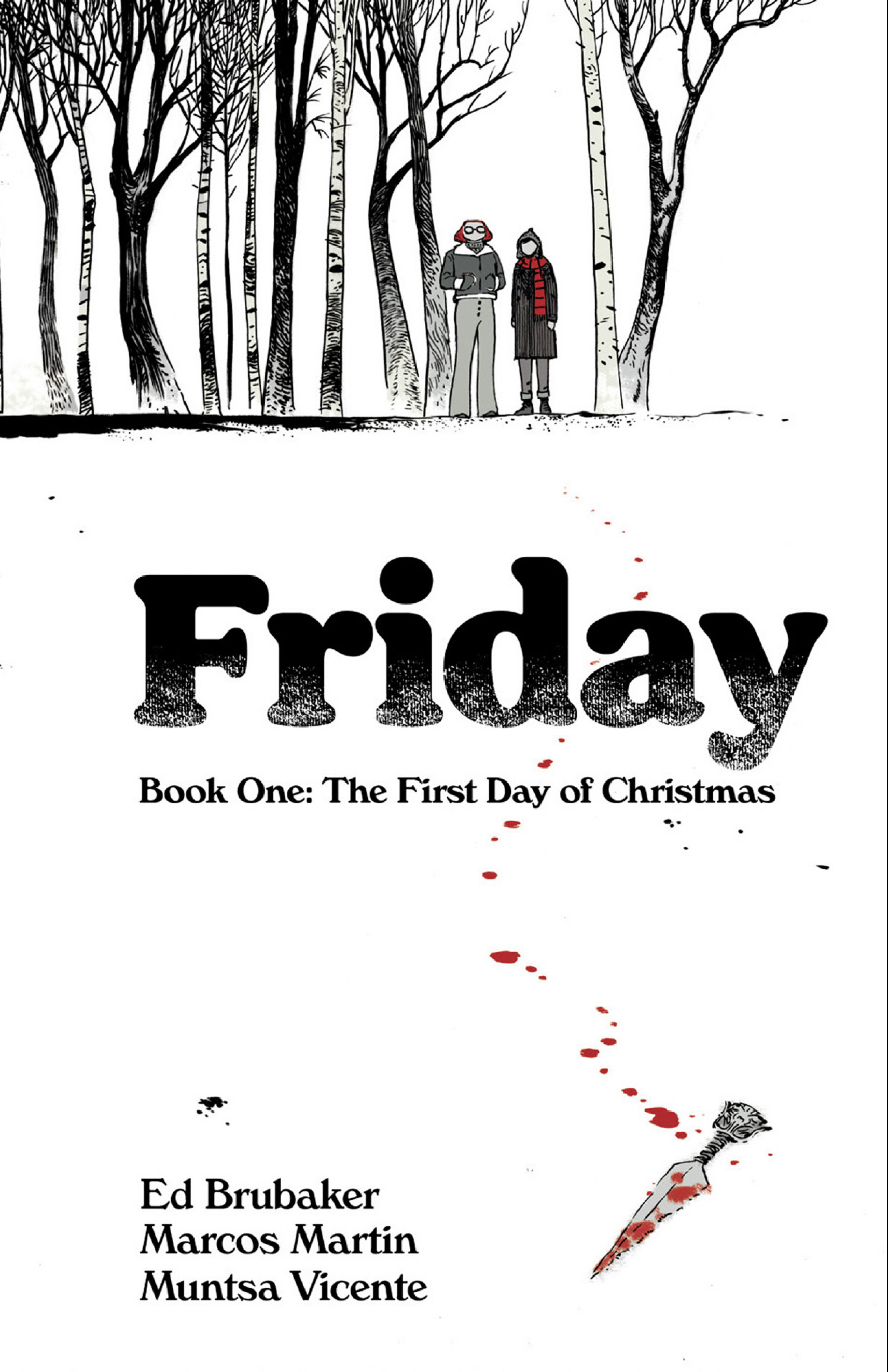


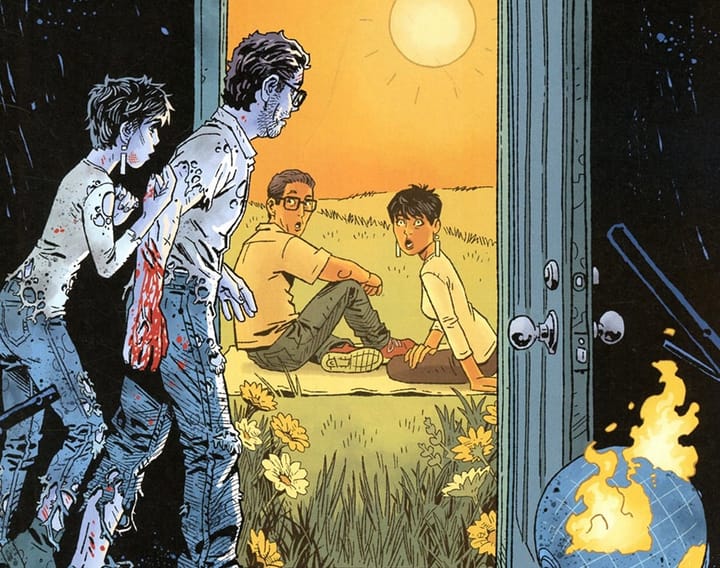
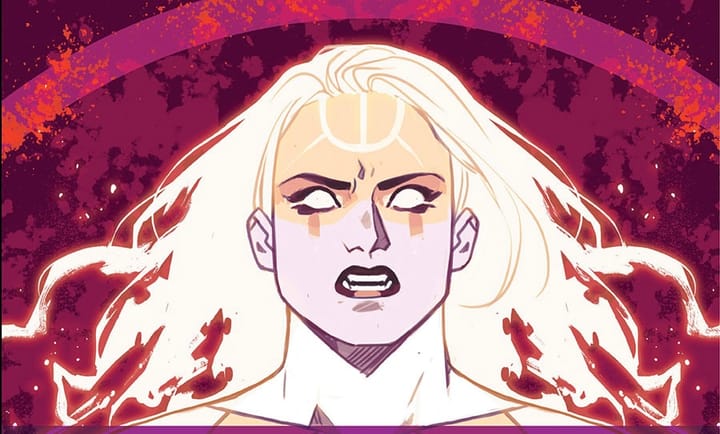
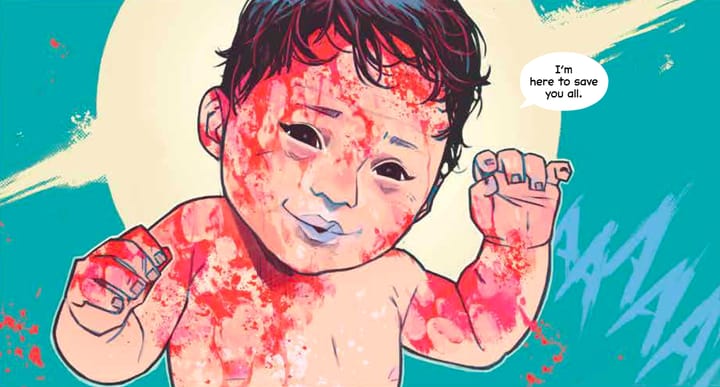
Comments ()